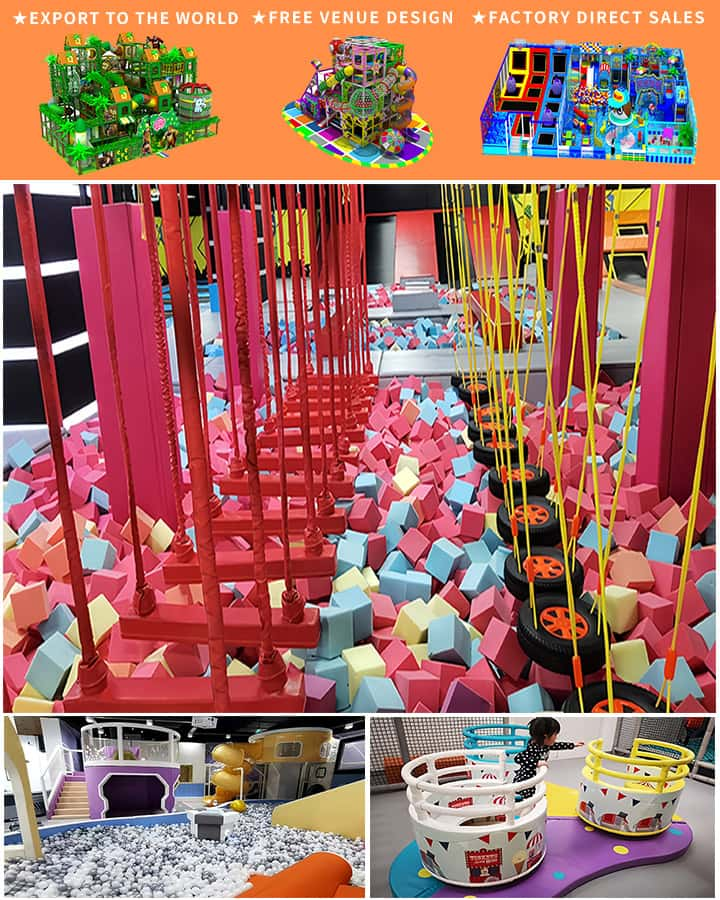In today’s fast-paced, technology-driven world, encouraging children to spend time outdoors is more important than ever. One effective way to achieve this is through the use of outdoor soft play equipment. These specially designed structures not only provide a safe environment for play but also offer a plethora of developmental benefits. This article explores the significance of children’s outdoor soft play equipment and the advantages it brings to young minds and bodies.
Safety First: The Core Design Principle
One of the primary concerns for parents and guardians is the safety of their children while they play. Unlike traditional playground equipment that may have hard surfaces and potentially hazardous structures, outdoor soft play equipment is specifically designed with safety in mind. Made from materials such as foam, rubber, and fabric, these structures cushion falls and minimize the risk of injury. This allows children to explore and play without constant supervision, giving parents peace of mind.
Physical Development: Building Strong Bodies
Outdoor soft play equipment plays a crucial role in the physical development of children. Climbing walls, slides, and obstacle courses engage multiple muscle groups, helping to improve strength, coordination, and balance. These activities are particularly beneficial in developing gross motor skills. Moreover, the natural setting encourages active play, which can help combat childhood obesity by promoting regular physical activity.

Cognitive Growth: Learning Through Play
Play is not just about physical activity; it’s also an essential avenue for cognitive development. Children’s outdoor soft play equipment stimulates problem-solving abilities, spatial awareness, and creativity. As children navigate different pieces of equipment, they learn to assess risks, plan their movements, and adapt to new challenges. This form of unstructured play fosters cognitive flexibility and enhances decision-making skills.
Social Skills: Building Friendships and Teamwork
Outdoor soft play equipment often attracts multiple children, providing an ideal setting for social interaction. Shared experiences on the playground teach valuable life skills such as cooperation, empathy, and communication. Whether taking turns on a slide or collaborating to navigate an obstacle course, children learn the importance of working together to achieve common goals. These interactions lay the foundation for healthy social relationships throughout life.
Emotional Well-being: Joy and Confidence
The emotional benefits of outdoor soft play equipment are equally significant. Time spent outdoors in a safe and stimulating environment contributes to overall happiness and well-being. Successfully navigating a climbing wall or completing a challenging course boosts children’s self-esteem and confidence. Furthermore, exposure to nature has been shown to reduce stress and anxiety levels, promoting emotional resilience.
Versatility and Inclusivity
Children’s outdoor soft play equipment is designed to be versatile and inclusive, catering to a wide range of ages and abilities. From toddlers to older children, there is something for everyone, ensuring that no child is left out of the fun. Inclusive designs take into account children with disabilities, offering adaptive equipment that allows all children to participate fully in play activities.
Conclusion
In conclusion, children’s outdoor soft play equipment is a vital component of holistic child development. It provides a safe, engaging environment that supports physical health, cognitive growth, social skills, and emotional well-being. By encouraging children to spend time outdoors and engage in active play, we are investing in their overall development and future well-being. So, let’s embrace the power of outdoor soft play equipment and give our children the gift of playful exploration and joyful learning.




